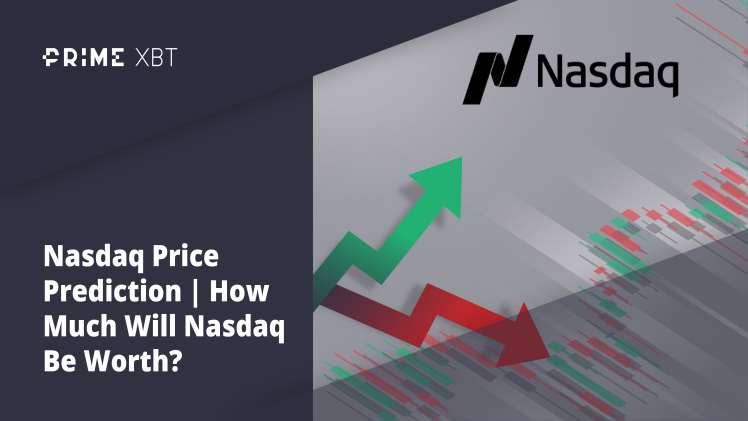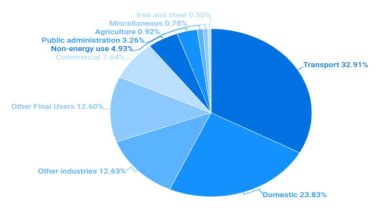What is NASDAQ? All You Should Know About NASDAQ in September 2022

Introduction
Nasdaq is a global digital marketplace compared to the New York Stock Exchange, where buying and selling securities occur. It is an abbreviation of “National Association of Securities Dealers Automated Quotations,” which started as a supplementary of the National Association of Security Dealers (NASD) and later turned into the Financial Industry Regulatory Authority. It was launched after the Securities and Exchange Commission insisted that NASD regulate the market’s security for the traders not listed on an exchange. Therefore, the first electronic trading system, Nasdaq, was opened for business on February 8, 1971.
All You Should Know About Nasdaq
You can also use the term Nasdaq to denote the Nasdaq Composite, a collection of more than 3,700 stocks registered on the Nasdaq Exchange, including technology giants like Apple Inc. Microsoft, Google parent Alphabet, Meta Platforms Inc., Amazon.com Inc., and Tesla Inc.
Click here for more information bsdk full form
History
In 2006, Nasdaq officially separated from the NASD and began operating as a national security exchange. Later in 2008, it partnered with the Scandinavian Exchanges Group OMX to become OMX Group, and finally, it changed its name to Nasdaq Inc. in 2015. Its headquarter is in New York, and it works with 29 different markets by making trades in stocks, derivatives, fixed income, and commodities in the U.S., Canada, Scandinavia, and the Baltics. Nasdaq also has a clearing house and 5 central securities depositories in the U.S. and Europe. Nearly 100 exchanges and 50 countries use the Nasdaq’s trading technology. It has a registration symbol NDAQ on the Nasdaq stock market and has been part of the S&P 500 since 2018.
Evolution from Specialist System to Electronic System
In the beginning, Nasdaq’s computerized trading system was an alternative to the incompetent “specialist” system. Later on, rapid technological advancements made it an electronic trading model standard for markets worldwide. Nasdaq was the only choice for the world’s up-and-coming technology companies to do an exchange using modern technology. That evolution turned Nasdaq into an index of the dot-com boom and bust. By collecting 150% in the 16 months in 2000, the Nasdaq Composite slumped almost 80% by October 2002.
A New Rule to Report the Diversity of Board of Directors
Almost two years ago, on December 1, 2020, a new rule called the Board Diversity Disclosure Rule was approved. It requires all the companies listed on the exchange to report on the diversity of their board of directors. It ensures that all the companies must include a female director on their boards and one member from minorities or LGBTQ+, or they must have a proper reason for following the rule. The SEC approved the Disclosure rule on August 6, 2021.
Revenue Generation by Nasdaq
Nasdaq is a market that generates revenue from different clients, including clients from financial institutions, the best Nasdaq brokers, institutional investors, and big corporations charging a fee for the following services:
Market services:
- Investors can access various markets by paying a fee to Nasdaq.
- Investment Intelligence: Nasdaq charge fee to them for generating data, indices, and investment analytics for a financial institution, the best Nasdaq broker and asset manager
- Market Technology: The fee for market technology includes trading and other settlement platforms plus technology safeguards to tackle financial crimes
- Corporate Services: These services are used to list fees and investment relations services
Nasdaq reported a net income of $283 million on revenue of $1.54 billion for Q1 2022 ended on March 31. Total revenue less transaction-based expenses were $892 billion. Moreover, Nasdaq increased its quarterly dividend by 11% to $0.60 per share and announced a plan to get SEC and shareholder approval for a 3-to-1 stock split that will complete in the third quarter of 2022.
Composite Index Performance
On Nov. 2019, Nasdaq Composite Index was on its best performance of 16,057.44, and its value dropped by more than 23% through April 2022. Nasdaq’s worst monthly drop was 13.3% in April 2022 since October 2002, when the Index Loss was 17.4% due to the global financial crisis.
Conclusion
Nasdaq is a stock market alternative to the New York Stock Exchange, where traders can buy and sell securities in the form of shares. This article comprehensively describes Nasdaq, its complete history, evolution into an electronic system, disclosure rule, revenue generation, and its performance related to the composite index. We hope you will fully understand Nasdaq after reading this article.




